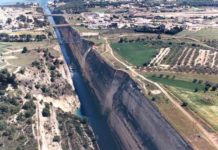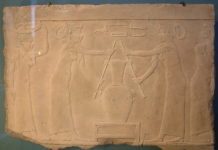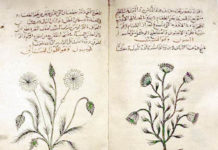
TIGHAR (pronounced “tiger”) is the acronym for The International Group for Historic Aircraft Recovery. It is a non- profit foundation whose activities include all manner of investigations and recoveries connected with rare and historic aircraft. It’s resources are devoted to the saving of old aircraft. The Executive Director of TIGHAR is Richard E. Gillespie, who has been involved in aviation for most of his life.
The Earhart Project
TIGHAR’s Earhart project is testing the hypothesis that Amelia Earhart and her navigator Fred Noonan landed and eventually died on Pacific Island Nikumaroro. TIGHAR thinks that, having failed to find Howling Island, they landed Amelia’s Electra aircraft safely on the reef of Nikumaroro, and continued to send distress calls. However, by the time the US navy search planes flew over the island a week later, the distress calls had stopped, and the Electra had been swept off the reef.
The Navy saw signs of habitation, but believed the island to be inhabited anyway – which was in fact not the case. Earhart and Noonan could have lived as castaways for a while, and TIGHAR believe that she died on the island. They also think the remains of the Electra lie in deep water off the island’s west end.
What is the Evidence?
Amelia Earhart’s last radio messages gave her position and what she was intending to do, and it looks as though that could easily have led them to Nikuraroro. Radio calls were heard in the area for the next week, and bearings taken do suggest the calls came from that area. Navy fliers saw “signs of recent habitation”, but no-one had lived on the island since 1892.
Later residents of Nikumaroro reported aircraft wreckage in the area. In 1963, inhabitants found aircraft wreckage. And in 1940, a British Colonial Service officer found the partial remains of a castaway and some other artifacts.
TIGHAR has found a site on the island that fits the description of where the castaway’s remains were found in 1940, and has found further objects from the 1930s at the site. Archeological excavations throughout the last ten years have found and recovered physical evidence suggesting residence by an American woman in the 1930s. Overall, there is enough evidence to make the search worth continuing…this is more than just a vague idea!







